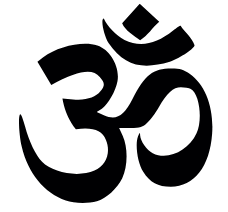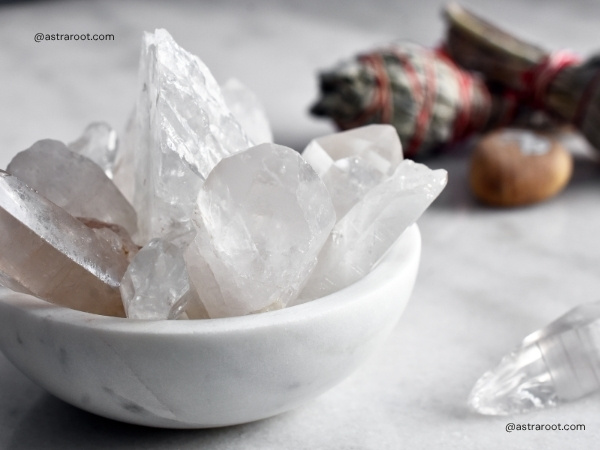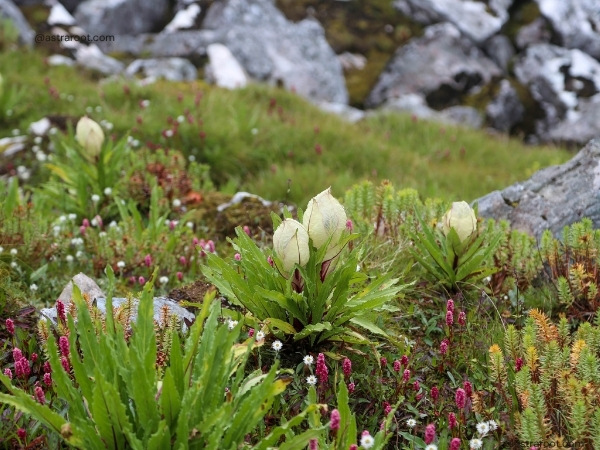Pancha Bhuta – 5 Elements of Nature in Vastu, Ayurveda & Hinduism
In Hinduism and traditional Indian sciences like Vastu Shastra, Ayurveda, and Yoga, the world is believed to be made up of five core elements. These are called Pancha Bhuta (पंच भूत) or Panch Tatva (पंच तत्व) — Earth (Prithvi), Water (Apas), Fire (Agni), Air (Vayu), and Space (Akasha).
These five elements of nature are not just physical substances but carry deep spiritual and energetic significance. They form the link between the human body (microcosm) and the universe (macrocosm).
By understanding and balancing these elements, we can live in harmony with nature and experience improved health, peace, and spiritual clarity.
In this article, we’ll explore the deep meaning, significance, symbolism, and practical application of each of the Pancha Bhutas — and how aligning them can transform your life.
🕉️ What is Pancha Bhuta? (पंच भूत क्या हैं?)
Pancha Bhuta (also spelled Pancha Bhoota or Pancha Mahabhuta) refers to the five fundamental elements of nature according to ancient Indian philosophy.
The Sanskrit word “Pancha” means five, and “Bhuta” or “Tatva” means elements or existence.
Together, Pancha Bhutas represent the core building blocks of both the external world and the human being. Every structure, organism, and object is formed through a unique combination of these five elements.
| Element | Sanskrit Name | Associated Quality | Symbolizes |
| Earth | Prithvi | Solidity, structure | Stability, growth |
| Water | Apas | Fluidity, cohesion | Emotions, purification |
| Fire | Agni | Heat, transformation | Energy, willpower |
| Air | Vayu | Movement, dryness | Communication, flexibility |
| Space | Akasha | Emptiness, expansiveness | Consciousness, intuition |
Together, these Mahabhutas form the basis of all cosmic creation, including the human body, natural environment, and even architectural principles in Vastu Shastra and Ayurveda.
🌟Importance of Pancha Bhuta in Hindu Philosophy
In Sanatan Dharma, the five elements are seen as divine manifestations of creation, emerging from Brahman (the Supreme Consciousness).
The elements evolve in sequence: Akasha gives rise to Vayu, which produces Agni, followed by Apas, and finally Prithvi. This evolution reflects both cosmic creation and individual birth.
Each element is associated with a sense organ:
- Earth → Smell
- Water → Taste
- Fire → Sight
- Air → Touch
- Space → Sound
These elements are also mirrored in the chakras of the body and the panchakosha (five layers of consciousness), revealing their profound spiritual relevance.
🏛 Pancha Bhuta in Vastu Shastra
Vastu Shastra aligns architectural design with the Pancha Bhutas to enhance energy balance in a space. In Vastu Shastra, proper placement of rooms and objects based on the five elements ensures energy flow (प्रवाह) and harmony within a space.
Here is how the Pancha Bhutas relate to directions:
| Direction | Element | Ideal Use |
| North-East | Water | Temple, meditation, water tanks |
| South-East | Fire | Kitchen, electrical setup |
| South-West | Earth | Master bedroom, storage |
| North-West | Air | Guest room, windows |
| Center | Space | Open, clutter-free area |
A well-designed home based on these principles ensures peace, prosperity, and health by balancing elemental energies.
Imbalance of these elements in a home can cause mental stress, financial loss, or illness. A Vastu-compliant design aligns with nature’s forces to invite peace (शांति) and prosperity (समृद्धि).
🛎 Pancha Bhutas in Ayurveda
yurveda, the science of life, uses Pancha Bhuta to explain the three doshas:
- Vata (Air + Ether)
- Pitta (Fire + Water)
- Kapha (Water + Earth)
Each dosha governs different physiological and psychological functions. Health is defined as the balanced state of these doshas and their corresponding elements. For instance:
- Vata imbalance causes anxiety, dryness, constipation.
- Pitta imbalance leads to inflammation, anger, acidity.
- Kapha imbalance results in lethargy, weight gain, congestion.
Ayurvedic treatments like diet, herbs, detox (Panchakarma), and lifestyle practices are prescribed to restore equilibrium.
🌿 How to Balance the Five Elements
Balancing the Pancha Bhutas helps restore vitality and mental clarity. Here are simple ways to align with each element:
- 🌱 Earth (Prithvi): Grounding yoga, walking barefoot, gardening.
- 💦 Water (Apas): Stay hydrated, take baths, listen to calming music.
- 🔥 Fire (Agni): Sunlight exposure, candlelight meditation, spicy foods in moderation.
- 🌬 Air (Vayu): Practice pranayama (breathwork), be outdoors in fresh air.
- ✨ Space (Akasha): Spend time in silence, meditate, declutter your environment.
🛕 Pancha Bhoota Temples of India (पंच भूत स्थल)
In South India, five ancient Shiva temples are dedicated to the elements:
- Ekambareswarar Temple, Kanchipuram (Earth – Prithvi Lingam)
- Jambukeswarar Temple, Thiruvanaikaval (Water – Appu Lingam)
- Arunachaleswarar Temple, Tiruvannamalai (Fire – Agni Lingam)
- Sri Kalahasti Temple, Andhra Pradesh (Air – Vayu Lingam)
- Chidambaram Nataraja Temple, Tamil Nadu (Space – Akasha Lingam)
These are revered as the Pancha Bhoota Sthalas, where elemental energy can be spiritually experienced.

❓ FAQs on Pancha Bhuta
Q1. What is the meaning of Pancha Bhuta?
A. Pancha Bhuta means “five elements of nature” – Earth, Water, Fire, Air, and Space – foundational to life and matter in Hinduism.
Q2. How are Pancha Bhutas used in Vastu?
A. Each element governs a direction and function within the home. Vastu aligns these elements to enhance harmony.
Q3. Are Pancha Bhutas linked to health?
A. Yes. Ayurveda explains health and disease through the balance or imbalance of these five elements and the doshas they form.
Q4. What is the role of Pancha Bhuta in meditation or yoga?
A. Yoga and meditation aim to purify and balance the elements to deepen spiritual awareness and inner calm.
🔹 Conclusion: Why Pancha Bhuta Still Matters
The five elements of nature — known as Pancha Bhuta or Panch Tatva — are not ancient mythology. They are eternal principles guiding health, harmony, and spiritual growth. Whether you’re designing a home as per Vastu, seeking balance via Ayurveda, or practicing mindful living, understanding and aligning with these elements can transform your life.
By understanding and respecting the Pancha Mahabhutas, we can live in tune with nature, improve our wellbeing, and move closer to spiritual harmony.





